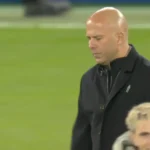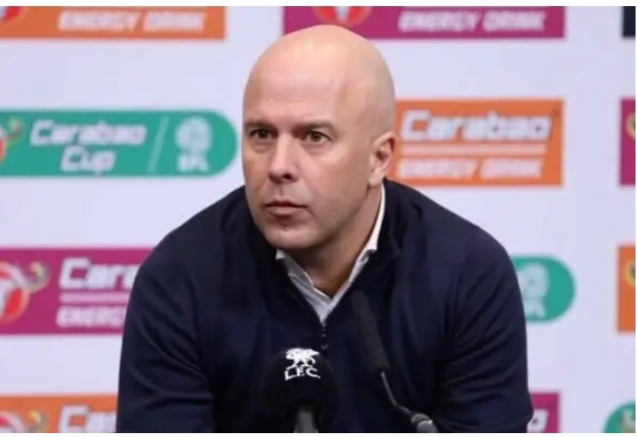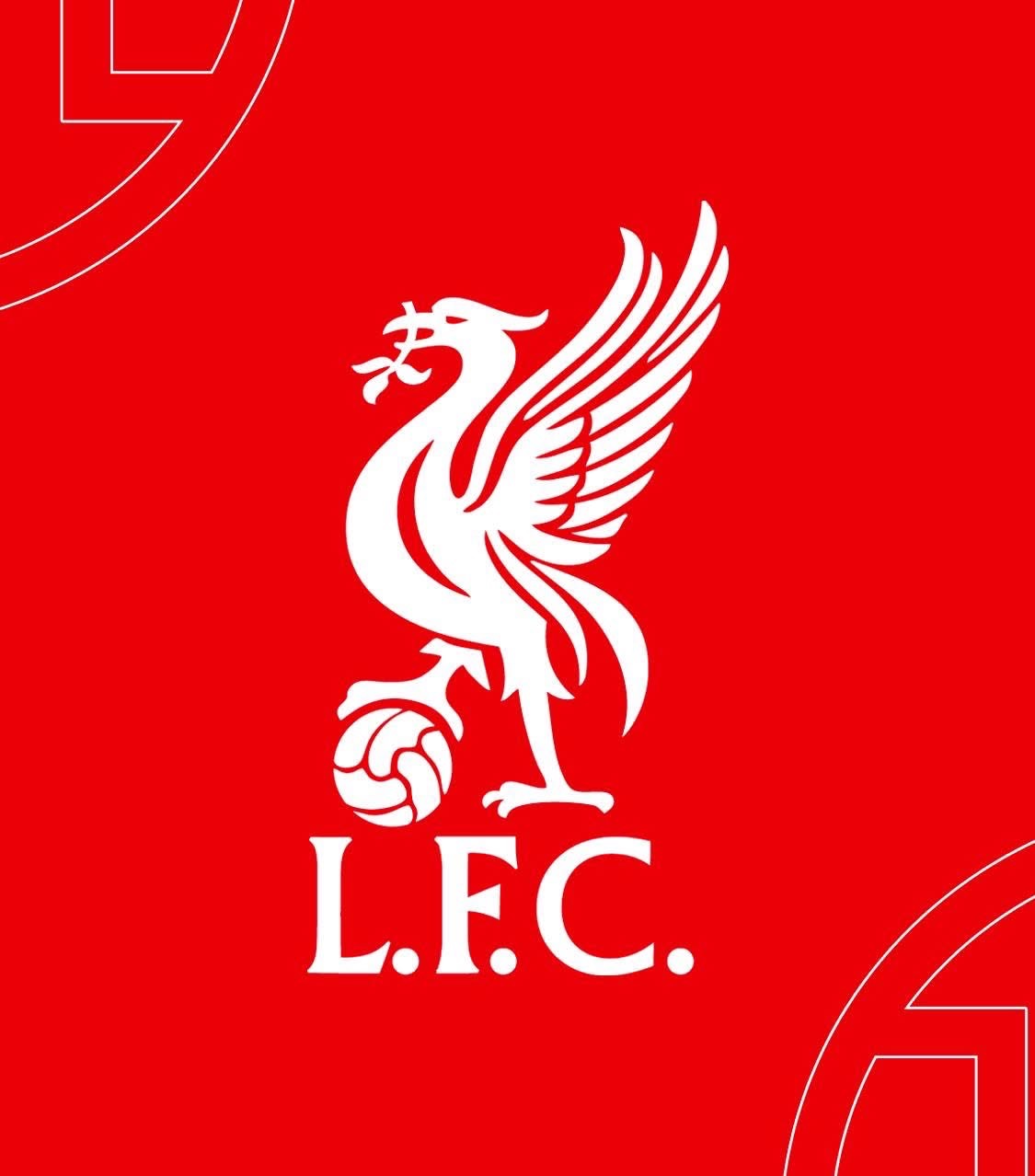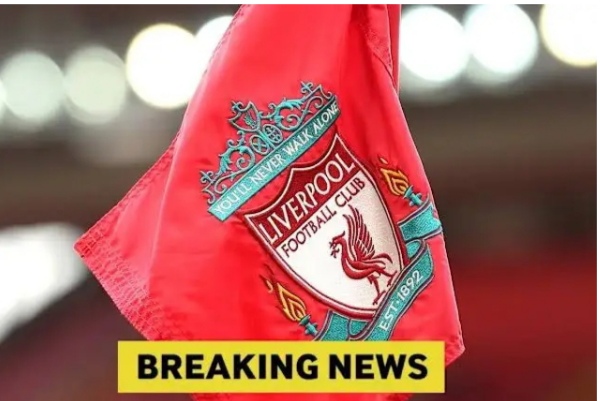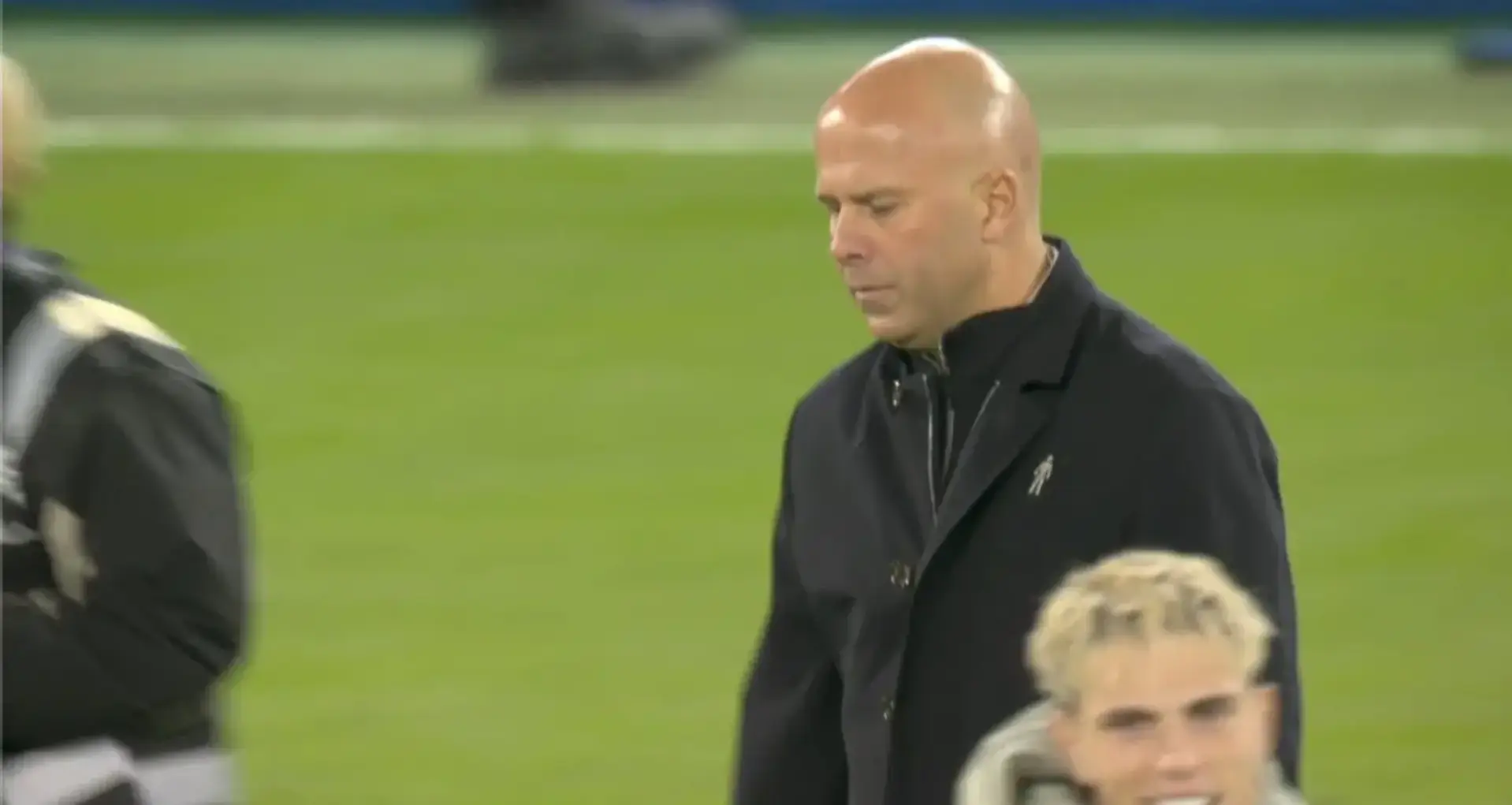Liverpool’s Midfield Puzzle: In-Depth Breakdown of Community Shield Loss
On a warm Sunday afternoon at the iconic Wembley Stadium — a venue steeped in English football history and dreams — Liverpool experienced a rare moment of frustration. In a fiercely competitive Community Shield match, the Reds fell to Crystal Palace in a penalty shootout. For a team of Liverpool’s stature, such a defeat might have seemed improbable just a few months ago. However, beyond the immediate disappointment of the result, this loss exposed deeper and more complex problems within Liverpool’s midfield setup and the overall squad cohesion, especially under the fresh leadership of new manager Arne Slot.
This defeat was far from an isolated setback. Instead, it served as a glaring indicator of ongoing tactical uncertainties, squad depth issues, and the question of player compatibility in Liverpool’s engine room. Central to this story were two midfielders — Curtis Jones and Dominik Szoboszlai — who were handed a significant opportunity to prove their value. Unfortunately, their performances highlighted both the fragility and the intricate challenges Liverpool faces in piecing together a balanced and effective midfield.
Liverpool’s transition from the long, successful Jurgen Klopp era to Arne Slot’s new leadership has been delicate and complex. Slot inherited a squad deeply familiar with Klopp’s high-intensity pressing and dynamic attacking style but is keen on introducing his own tactical principles — focusing on positional discipline, rapid ball circulation, and structured team shape. The Community Shield was the first real competitive test of how well these new tactical ideas are embedding within the team.
Adding to the challenge, two key midfield players, Ryan Gravenberch and Alexis Mac Allister, were absent — Gravenberch due to personal reasons and Mac Allister still regaining fitness after Copa America. Their absence thrust Jones and Szoboszlai into pivotal roles, turning this fixture into an early audition for the players on the edge of Slot’s plans.
Szoboszlai, who arrived amid much fanfare a year ago with high expectations following his impressive displays for RB Leipzig, has had a mixed inaugural season. While recognized for his creativity, technical skill, and work rate, his adjustment to the Premier League has been uneven, with moments of brilliance overshadowed by inconsistency and questions regarding his tactical discipline.
At Wembley, Szoboszlai struggled to deliver the sharp passing and incisive creativity fans had hoped for. Under pressure, his passing was erratic, leading to loose balls that allowed Palace to launch dangerous counter-attacks. He also failed to connect effectively with Liverpool’s forwards, leaving the attacking players isolated and starved of quality service. This disconnect emphasized the ongoing challenge Szoboszlai faces adapting to the Premier League’s fast pace and physical demands.
Meanwhile, Liverpool’s midfield situation is further complicated by competition from Florian Wirtz, whose arrival offers additional technical creativity and attacking options. This intensifies scrutiny on Szoboszlai’s ability to secure a regular spot.
On the other hand, Curtis Jones — a homegrown talent nurtured through Liverpool’s academy — was given an opportunity to operate deeper in midfield. His journey from a promising youth prospect to a potential first-team regular has been marked by flashes of talent mixed with inconsistency. Entrusted with a role demanding tactical awareness, positional discipline, and control over game tempo, Jones had a mixed showing.
While his passing accuracy was impressive on paper (a perfect 100%), the majority of his passes were sideways or backward, revealing a cautious approach that lacked ambition or creativity to advance Liverpool’s attacks or break down Palace’s defensive lines. Defensively, Jones often appeared hesitant and slow to press or intercept, allowing Palace to build momentum through central areas without significant challenge.
This deeper midfield role requires more than technical ability; it demands sharp game intelligence, anticipation, and the ability to shield the backline effectively. Jones’ difficulties in these areas exposed a gap between his raw potential and the tactical maturity needed to consistently fulfill such a demanding role.
Together, the Jones-Szoboszlai pairing revealed significant tactical weaknesses. Neither midfielder displayed the natural defensive instincts or positional discipline necessary to protect the defense or manage quick transitions. This vulnerability left Liverpool exposed to Palace’s fast counter-attacks, stretching the defense thin and disrupting team shape.
Offensively, this duo failed to ignite the creative spark Liverpool’s forwards desperately needed. Overlapping movements without clear roles bred confusion and stifled fluid attacking play. The absence of a midfield playmaker — a role typically held by Mac Allister or Gravenberch — resulted in predictable, disjointed attacks lacking penetration.
It’s worth noting that Jones and Szoboszlai have performed well when deployed differently, such as in Liverpool’s surprise win over Manchester City, where both took on more advanced roles with reduced defensive responsibilities. This underscores how important player deployment aligned to strengths is for achieving optimal performances.
Arne Slot’s tactical system demands midfielders who can combine defensive shielding with creative influence, demonstrate sharp positional awareness, and efficiently switch play under pressure. While Jones and Szoboszlai both bring technical ability, their partnership in the same midfield struggled to fulfill these stringent demands, highlighting broader issues in squad composition.
The defeat also spotlighted defensive frailties, emphasized by pundit Jamie Carragher during halftime. These were worsened by the midfield’s failure to provide adequate protection. Miscommunication, unfamiliarity with Slot’s pressing system, and positional errors caused the defense to be stretched and vulnerable.
This scenario highlights the interconnected nature of football: weaknesses in midfield cascade into defensive instability and overall team disorganization. Liverpool’s defenders were frequently forced into reactive clearances and desperate tackles — symptoms of insufficient midfield support.
Looking forward, the Wembley experience offers clear lessons. Szoboszlai must demonstrate he can deliver consistent, disciplined performances tailored to Premier League demands. Jones, in turn, needs to develop his tactical acumen to thrive in a deeper controlling midfield role.
With Gravenberch still unavailable, the upcoming match against Bournemouth provides a vital chance for both players to build confidence. Yet, Wembley’s outcome suggests caution when pairing Jones and Szoboszlai without tactical tweaks to improve cohesion.
Liverpool’s ongoing midfield dilemma illustrates the complexities of squad management in modern football. Success requires not only a talented starting eleven but also a flexible, tactically aware bench able to step in without destabilizing the team.
As Slot’s philosophy takes root, Liverpool must nurture players adaptable across multiple roles without compromising structure. Pre-season preparation, clear role definitions, and tactical consistency will be key in overcoming early challenges.
In the Premier League’s increasingly competitive environment, no team can afford weaknesses in any area. The midfield — the heart of the team — remains pivotal. The struggles of the Jones-Szoboszlai partnership underscore the urgent need to find complementary midfield combinations that offer defensive solidity and creative impetus.
While the Community Shield defeat will soon be a distant memory, the tactical insights gained carry lasting significance. Liverpool’s midfield development under Arne Slot will be closely observed, likely shaping the Reds’ bid to reclaim their position atop English football.


